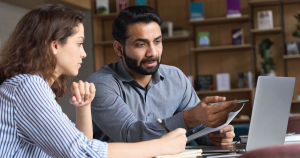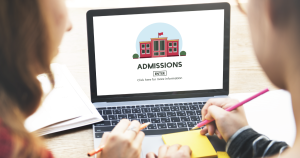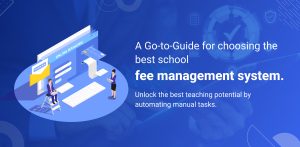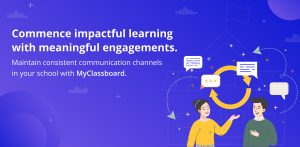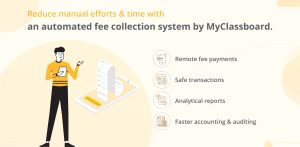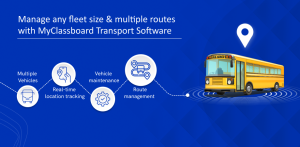If I ask how many of us parents or any other have a Facebook account or a Twitter account or use an Instagram? Many people would be saying yes to having a Facebook account. It is definitely not a surprise many would say no to the latter. Even if they do say yes, they wouldn’t be active or using it any longer.
But if the same question posed to any school going ward, you would be definitely amazed of his technical literacy. Technology has advanced to a great extent that schools are often taking advantage of it. Schools are using social media as a platform that can be used for illustration of concepts using visual aids because certain things are better understood when seen than reading.
Social media does not include Facebook or Twitter or WhatsApp alone, rather it has several educational sites and hence it is recommended schools should engage in the use of social media in classrooms. Here are the ways how educators use social media for school communications:
Using Facebook:
- Use Facebook to Improve communication by allowing students to easily message teachers and others students with questions.
- You can create a Facebook page for your class wherein you can post the events, updates or any assignments. You can even remind the students of the assignment due dates using this page.
- Share any important information in a short notice to all the students simultaneously using the Facebook page.
- You can create Facebook groups and invite students to join them and post their updates pertaining to assignments or classroom activities.
- You can encourage students to post their blogs in the groups and ask other students to comment or discuss on the blogs posted.
- Students can connect with other students of different classes through the Facebook pages and groups.
- You can create a feed for your classroom and tweet about upcoming events, assignments, class activities and notes.
- You can connect with teachers or students of other classrooms and even communicate with the parents by building a community.
- Teachers can post links to articles and videos for students to learn after the class.
- You can follow other educators’ tweets and repost them on your wall to keep your students updated with adequate information.
- Record lessons and upload them to the youtube enabling your students to learn from them.
- You can even ask students to create a video of a topic or lesson and upload it in youtube for their own benefit and enabling other students to learn from it.
- Allow students to use Pinterest for presentations and promote their assignments and projects.
- Collaborate with other schools teachers and classes to share ideas and information.
- You can use community boards for group projects and save all the resources online.
- Allow students to set up their own blogs as online portfolios and encourage students to post blogs weekly.
- Post daily assignments or home works on the blog thereby benefitting those students as well who were absent that particular day.
- You can even post topics to be discussed on the blog and ask students to comment on the above.
- Integration of social media into the educational stream improves the communication by allowing you to communicate real-time information within seconds.
Apart from these, students can also participate in online lectures and online debates through video conferencing enabling them to connect to different students or educators around the globe. Social media incorporation in schools helps students to cultivate their curiosity in learning and research by making it interesting.


